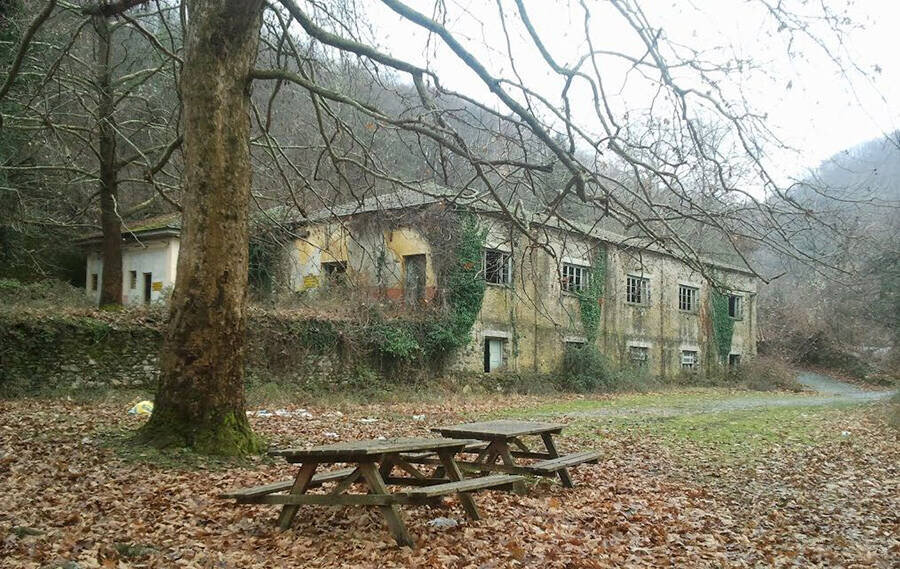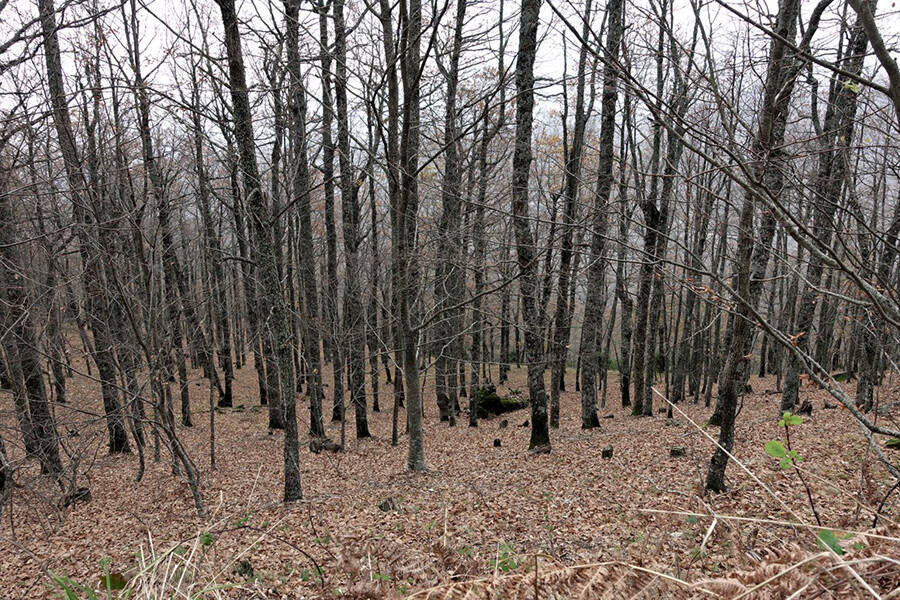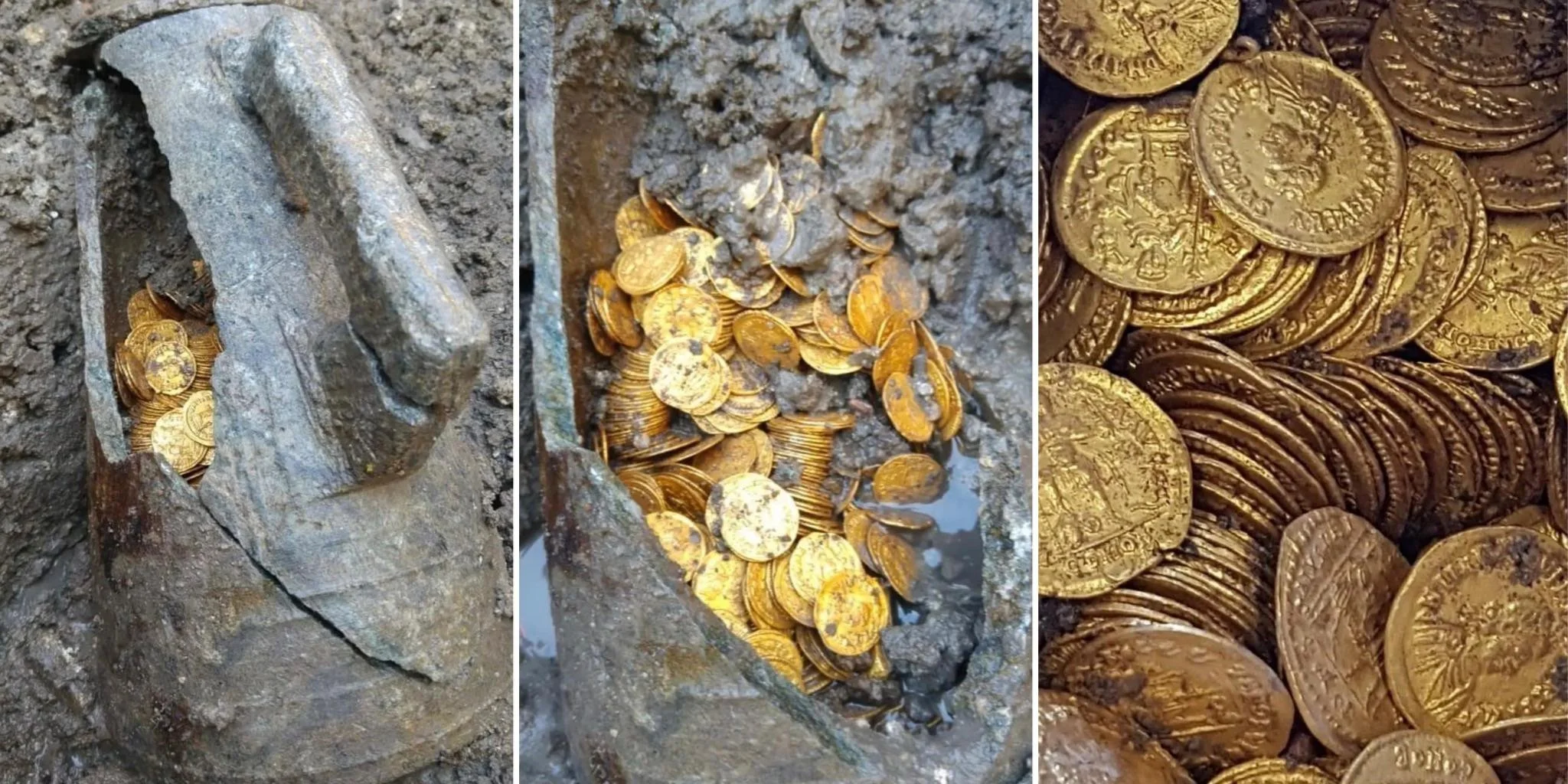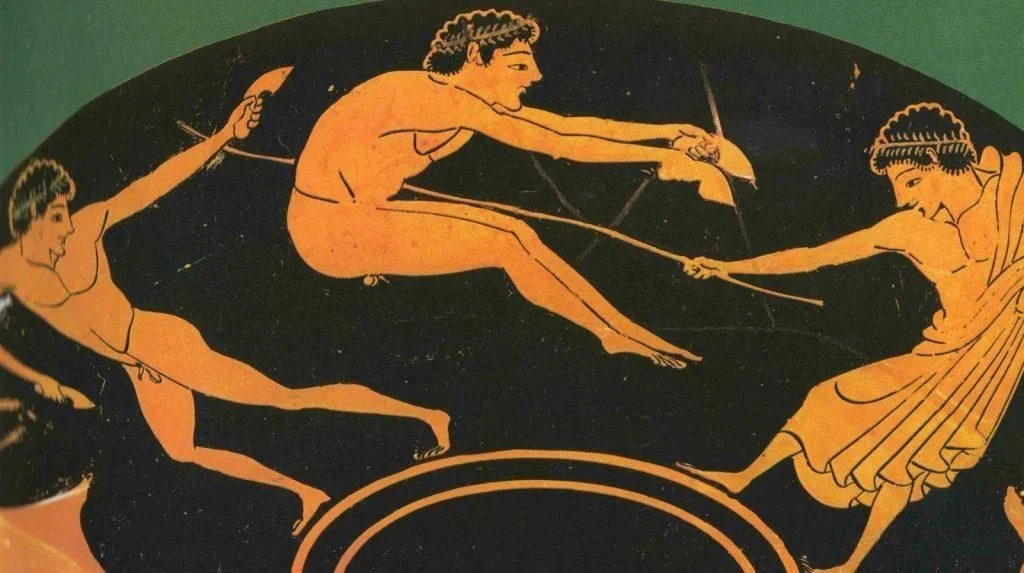Morna is a village in Pieria. Morna means "dark place." The villagers at some point decided to change the name of their village and call it "Skotina"(translated as dark) and sometime overnight, they decided to leave it and live a few miles further north. To a village called Fotina(translated as light).
By the time we get there, though, we are dealing with dark figures that appear as suddenly as they disappear. With doors that open and close on their own. With eerie voices and many other creepy phenomena.
Morna and its "dark" stories
Morna (or Skotina, as it was later called) was built in the Pieria Mountains. This combined with the dense vegetation kept the sun out most hours of the day. It dawned late and the night came very early.
Shepherds and people trained from their work in the famous wood factory witnessed a strange phenomenon. Girls, young and naked, danced around the village and the river Mornos. It was a dance of ecstasy that frightened them so much that as soon as darkness fell they hid in their houses and would not go out until sunrise. Few were the adventurous ones who went about at night.
The natives called this phenomenon "goulagoudia," which means naked, and it described seven girls who went about dancing their own dark dance, terrifying the inhabitants with their loud cries until just before dawn they climbed to the top of the mountain and hid in a cave, waiting there until midnight came again. This story ranged from a very ancient time to the late 1960s!
Also an old scary story was the one about the "hairy hand" that theoretically chased everyone who got in its way. The house that the "hairy hand" would come from belonged to a young man who decided to leave Greece and seek his luck in the United States, where he eventually ended up and started a family with children. When the house happened to be abandoned, the legend about what happened inside and the "curse left by the immigrant" began to unravel and take on a wilder form, with the result that the villagers even avoided coming by.
There was also a great fear in the area called "Turk", which is associated with the period of Ottoman rule and what the Greeks had experienced through executions and cruel tortures. There were testimonies of eerie voices and ghosts passing by there. There were various ghostly noises of unknown origin. Shadows appeared and whispers from nowhere made one shudder.
When the residents left the village to actually move it further north to start a new life, the local authorities reportedly asked them to explain the reason for the move, but they stubbornly refused to say anything...
What is perhaps strangest of all is that if anyone goes to the village today and tries to enter the abandoned houses, they will find that the escape of the inhabitants was in hurry and certainly without much preparation.
The prosperity and decline of a mountain village
Morna, however, does not only have its dark side. It also has its harsh side, which could be responsible for the relocation of the village.
Before its absolute decline, the village had experienced its absolute prosperity for many years.
The forest complex between Skotina (Morna) - Livadi - Fteri and Platanorema in the Pieria Mountains, covers an area of 100,000 hectares. Its beech is considered to be of excellent quality and one of the best in the world.
That is why for many decades the state wood processing factory operated there.
According to the professor-historian Giannis Kaztaridis, the quality of the wood in this area was so good that Morna was chosen for the construction of the yacht of King Otto when the Greek state was founded in 1830. The ship was built of pier wood and was the "pride" of the young king of the Greeks.
Oaks, plane trees, chestnuts and beeches have "adorned" the Pieria mountains since ancient times. According to ancient texts, many ships were built on the shores of Katerini from trees that once grew and flourished there.
All this, however, until 1967, when the factory closed. The days of glory were gone forever. Morna started to become even gloomier as jobs dwindled and young people preferred internal migration until those who stayed behind decided to take the big step for a better future.
They left Skotina and went a few miles north and built Fotina. The place there is indeed brighter and the quality of life better.
When they left, they left behind the darkness, the bad energy, their old lives, and most importantly, a village that is now home only to horror stories and scary tales of eerie voices and mysterious visions of naked young girls.















